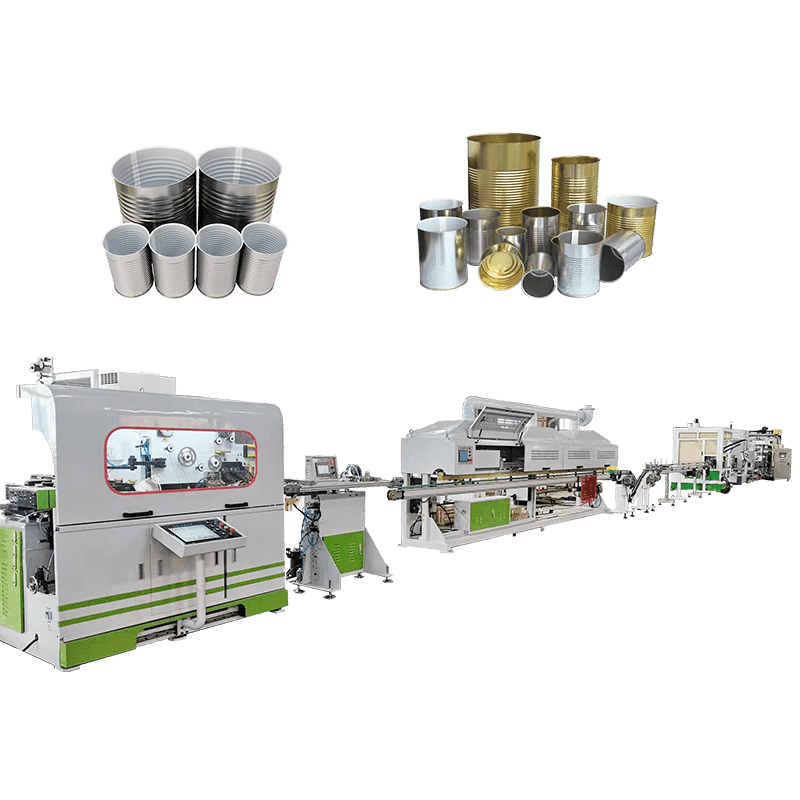Among the many process links of the Easy Open End (EOE) production line, stamping is undoubtedly the most core and technically demanding part. This process determines the basic form of the easy-open end and directly affects the quality and efficiency of subsequent processing. So, what factors affect the stamping process of the EOE production line?
1. The material properties of metal sheets are key factors that cannot be ignored in the stamping process. The physical properties of the material, such as hardness, ductility, and thickness, will have a direct impact on the stamping effect. Excessive hardness may cause increased mold wear and even fail to stamp smoothly; insufficient ductility will cause the material to break or crack during the stamping process. Choosing the right metal sheet material is crucial to ensure the smooth progress of the stamping process.
2. Mold design is another key factor in the stamping process. The precision, structural rationality, and wear resistance of the mold will directly affect the quality of stamping. The higher the precision of the mold, the more accurate the size of the easy-open lid will be. Reasonable mold structure design can reduce stress concentration during the stamping process and avoid material deformation or cracking. The wear resistance of the mold determines its service life and production cost. In the mold design stage, these factors need to be fully considered to ensure that the mold can meet production needs.
3. Stamping parameters include stamping speed, stamping pressure, holding time, etc. The setting of these parameters also has an important influence on the stamping process. Too fast stamping speed may cause the material to break before it can fully deform; too large stamping pressure may damage the mold or excessively deform the material; insufficient holding time will affect the rebound and shape stability of the material. In the stamping process, it is necessary to reasonably set the stamping parameters according to the characteristics of the material and the design of the mold to ensure the quality and efficiency of stamping.
4. Equipment performance is also one of the important factors affecting the stamping process. The precision, stability and degree of automation of the stamping machine will directly affect the effect of stamping. High-precision and high-stability stamping machines can ensure the smooth progress of the stamping process and reduce the scrap rate and defective rate; while a production line with a high degree of automation can improve production efficiency and reduce labor costs. When selecting stamping equipment, its performance indicators and applicable scope need to be fully considered.
5. Environmental factors cannot be ignored. The workshop temperature, humidity and impurities in the air may affect the stamping process. For example, too high a temperature may cause the material to soften, reducing its hardness and ductility; while too low a temperature may make the material brittle and prone to fracture. During the production process, the workshop environment needs to be strictly controlled to ensure that it fluctuates within an appropriate range.

 English
English عربى
عربى русский
русский




